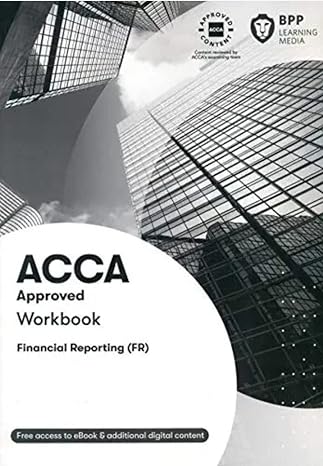Answered step by step
Verified Expert Solution
Question
1 Approved Answer
Froya Fabrikker A/S of Bergen, Norway, is a small company that manufactures specialty heavy equipment for use in North Sea oil fields. The company uses
Froya Fabrikker A/S of Bergen, Norway, is a small company that manufactures specialty heavy equipment for use in North Sea oil fields. The company uses a job-order costing system that applies manufacturing overhead cost to jobs on the basis of direct labor- hours. Its predetermined overhead rate was based on a cost formula that estimated $351,500 of manufacturing overhead for an estimated allocation base of 950 direct labor-hours. The following transactions took place during the year: a. Raw materials purchased on account, $215,000. b. Raw materials used in production (all direct materials), $200,000. c. Utility bills incurred on account, $62,000 (85% related to factory operations, and the remainder related to selling and administrative activities). d. Accrued salary and wage costs: Direct labor (1,025 hours) Indirect labor Selling and administrative salaries $245,000 $ 93,000 $125,000 e. Maintenance costs incurred on account in the factory, $57,000 f. Advertising costs incurred on account, $139,000. g. Depreciation was recorded for the year, $87,000 (80% related to factory equipment, and the remainder related to selling and administrative equipment). h. Rental cost incurred on account, $112,000 (85% related to factory facilities, and the remainder related to selling and administrative facilities). i. Manufacturing overhead cost was applied to jobs, $? J. Cost of goods manufactured for the year, $800,000. k. Sales for the year (all on account) totaled $1,350,000. These goods cost $830,000 according to their job cost sheets. The balances in the inventory accounts at the beginning of the year were: Raw Materials $33,000 Work in Process $24,000 Finished Goods $63,000 Required: 1. Prepare journal entries to record the preceding transactions. 2. Post your entries to T-accounts. (Don't forget to enter the beginning inventory balances above.) 3. Prepare a schedule of cost of goods manufactured. 4A. Prepare a journal entry to close any balance in the Manufacturing Overhead account to Cost of Goods Sold. 4B. Prepare a schedule of cost of goods sold. 5. Prepare an income statement for the year. Post your entries to T-accounts. (Don't forget to enter the beginning inventory balances above.) Beg. Bal End. Bal. Accounts Receivable Beg. Bal End. Bal. Sales Raw Materials Cost of Goods Sold Beg. Bal. Beg. Bal. End. Bal. End. Bal. Work in Process Manufacturing Overhead Beg. Bal. Beg. Bal. End. Bal. End. Bal. Finished Goods Beg. Bal. Advertising Expense Beg. Bal. End. Bal. End. Bal. Accumulated Depreciation Utilities Expense Beg. Bal. Beg. Bal. End. Bal. End. Bal. Accounts Payable Salaries Expense Beg. Bal. Beg. Bal. End. Bal. End. Bal. Depreciation Expense Salaries & Wages Payable Beg. Bal. Beg. Bal. End. Bal. Rent Expense Beg. Bal. End. Bal. End. Bal
Step by Step Solution
There are 3 Steps involved in it
Step: 1

Get Instant Access to Expert-Tailored Solutions
See step-by-step solutions with expert insights and AI powered tools for academic success
Step: 2

Step: 3

Ace Your Homework with AI
Get the answers you need in no time with our AI-driven, step-by-step assistance
Get Started


